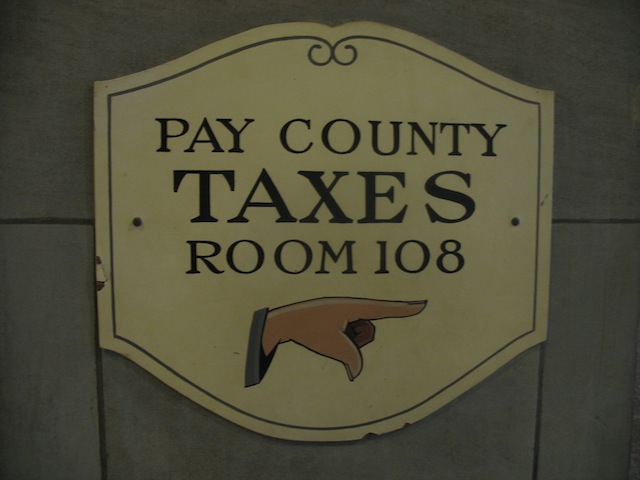Last year I posted the Geek’s Tour of Barcelona, looking at the town’s smartcity initiatives after visiting the city for Cisco’s Internet of Things World Forum.
At the Australian Internet of Things Forum in Newcastle last month I cobbled together a quick presentation around the topic to illustrate what smartcities can deliver.
This was particularly topical for Newcastle as the New Lunaticks and the local business community are supporting the Kaooma project run by Vimoc Technologies in one of the city’s entertainment districts.
Kaooma – which is an entrant in Cisco’s IoT Innovation Grand Challenge – is particularly interesting because it’s a wholly private project with little, if any, formal government support as opposed to London’s Regent Street Internet of Things initiative that’s part of a billion pound regeneration of the precinct.
Australia’s Newcastle, the world’s largest coal port, has a number of challenges itself as the country’s once in a century mining boom unwinds and city deals with a neglected downtown in the face of a rapidly changing economy.
While the Barcelona project is in early days, the presentation shows how cities are using the Internet of Things today and gives us some hints on how those uses will evolve over time.
Paul travelled to Barcelona as a guest of Cisco Systems




